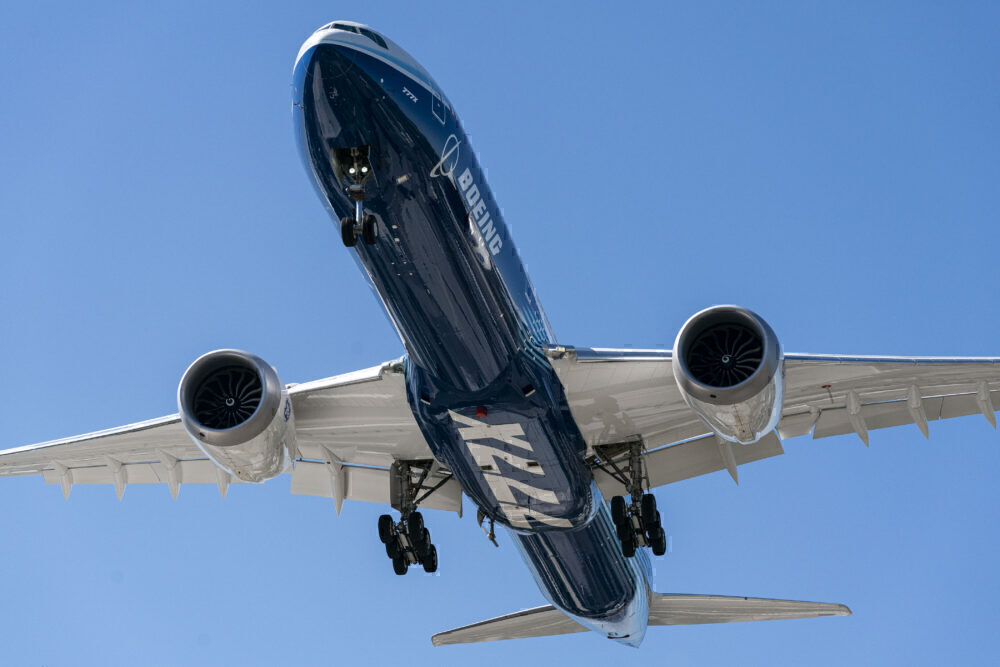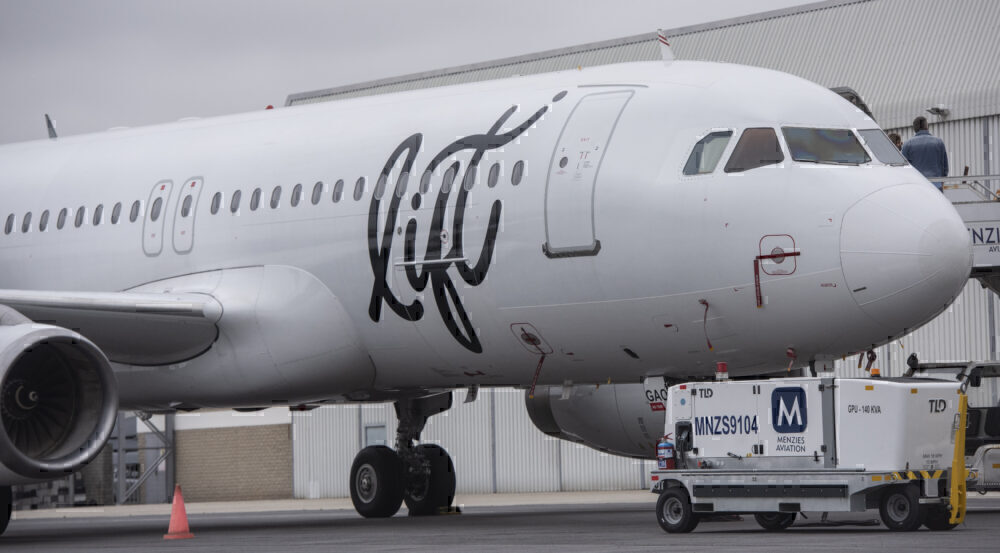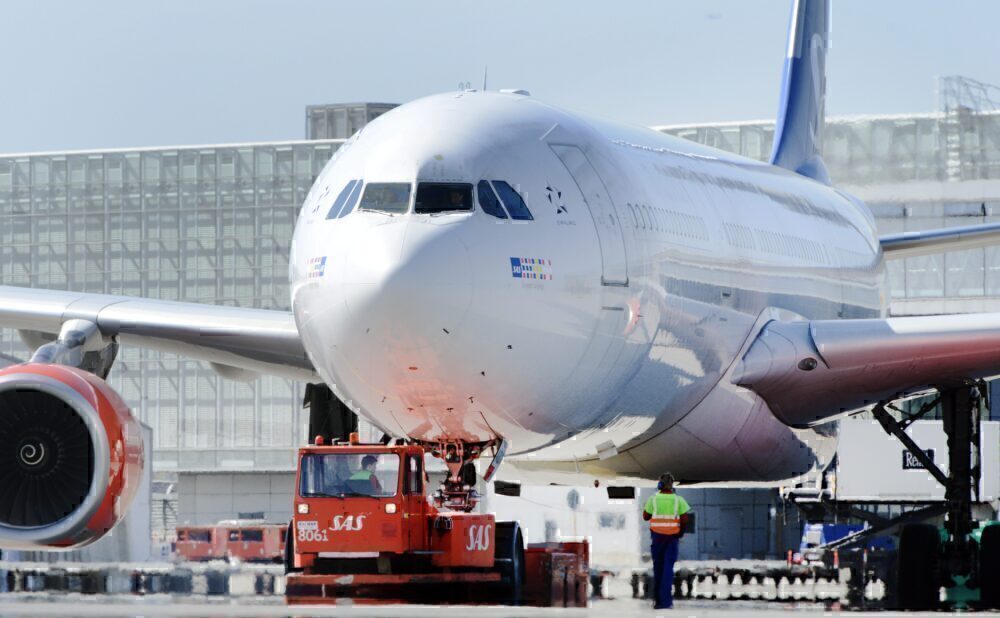Starting a new airline requires a lot of work, from finding a market to funding operations. But what does it take to certify a new airline? What do regulators look for before giving airline permission to fly and carry passengers and cargo? Here’s what’s needed to certify a new airline.

Every country has a different set of rules when it comes to handing out the most critical license to an airline: the Air Operators Certificate, or AOC. The AOC is a requirement for any airline operations and can vary from being fairly easy to extremely rigorous depending on the jurisdiction. In this article, we will use the FAA’s certification requirements to understand an outline of the process.
Setting up
Before applying for an AOC, start up airlines need to meet the staff requirements to apply for one. The first step is to begin hiring airline management and appointing “key accountable staff,” who are the employees in charge of handling all safety matters and will be held liable in the event of any incidents.
Airlines are also required to maintain sufficient funds to prove they can support their operations. While there is no hard figure minus a minimum amount, airlines usually need tens of millions of dollars to purchase aircraft, hire crew, and secure slots.
For example, jetBlue secured $128 million before starting operations in 2000, according to USAToday. As mentioned, this figure will vary per country, but major airlines (operating narrowbody aircraft) routinely spend $5-10 million on start up costs alone.

Once an airline has assembled its key team and decided where it wants to fly, it gets to the exciting part: choosing the aircraft to operate.
Planes and crew
The FAA requires airlines applying for certification to have at least one aircraft in its fleet, bought or leased exclusively for six months. The type of aircraft varies depending on the certification requested. This means regional airlines can apply with one turboprop aircraft, while those targeting international routes will need a long-range narrow or widebody aircraft.
Airlines have a wide variety of choices when it comes to planes. They can lease new aircraft, buy an older one, or simply place an order with the likes of Boeing and Airbus. Most airlines opt to lease their first planes and later book large orders.

However, along with buying shiny new planes comes with a lot more planning and expenditure. The airline must hire qualified crew (pilots and cabin crew) and set out a strict maintenance program. The program must include routine and overhaul maintenance of parts as specified by the manufacturer, with documentation of the same.
Maintenance is an important part of the process since planes must continuously be airworthy while they are in use. The FAA monitors maintenance programs intently, which means airlines must submit their plans even before they go into action. Maintenance can either be outsourced, or even done in-house if an airline has enough of the same aircraft to invest in its own facilities.

Insurance and ownership
While the steps described above might be familiar, regulators also have rules about the airline’s inner workings. All airlines must show proof of insurance for their aircraft and operations, also known as an Economic Authority. The mandatory airline insurance ensures any victims of accidents are compensated appropriately and bankruptcy doesn’t affect compensation.
Some countries also have rules over who can own or operate an airline in that country. In the US, the AOC applicant must be a US citizen and 75% of the airline’s controlling interest has to be owned by an American. Similarly, the EU requires that those applying for an AOC be legal residents of the specific state from which they are applying.

However, the ownership rule is not uniform across countries. Many countries encourage outside investors to start and operate airlines in their country, providing the capital needed and boosting the airline. This explains several foreign airline subsidiaries or sizeable investments by airlines outside their territories. However, even subsidiaries need their own AOC.
Valuable
While the conditions of an AOC might not look very challenging on paper, implementing them can take years. Airlines can expect to wait at least 1-3 years before beginning operations, depending on the country. The process tends to be arduous, full of bureaucratic hurdles and lengthy wait times. In other countries, the process is tightly regulated, giving state-owned airlines an advantage and keeping start ups outside.
This makes the AOC extremely valuable and it is not uncommon for airlines to purchase subsidiaries just for their AOC. This tends to happen in the case of airlines going bankrupt, allowing a larger competitor to purchase the AOC at a lower price.

In 2005, Northwest Airlines purchased bankrupt Independence Air just for its AOC and started a new subsidiary with it. Other airlines have also merged or bought out competitors to acquire AOCs more quickly.
Start ups are booming
While aviation did have a rough year in 2020, start up airlines are cropping up around the world. Buoyed by the lower cost of operations (cheaper planes, availability of crew, etc.), those who can secure funding have jumped at the chance to set up their airlines. For all the airlines making plans, securing the AOC will be a crucial step.

The airline certification process is a rigorous one, with regulators looking to ensure any operator can keep passengers safe. While getting an AOC might be hard, once you do have one, nothing can stop an airline from flying.
What do you think about the airline certification process? Are they any interesting quirks in specific countries? Let us know in the comments!
[ad_2]
Source link


